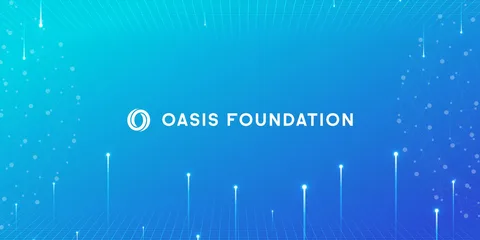Introduction to Oasis Protocol
The Oasis Protocol stands out in the blockchain space as a groundbreaking technology focused on enhancing privacy and scalability. Established with the aim of addressing the limitations of traditional blockchain systems, Oasis provides a unique platform for decentralized applications (dApps) that require secure and scalable solutions. Its design incorporates advanced privacy features and scalable infrastructure, positioning it as a key player in the future of blockchain technology.
Privacy Features of Oasis Protocol
At the core of the oasis protocol is its commitment to privacy. Unlike many blockchain networks that operate with transparent data sharing, Oasis uses advanced cryptographic techniques to ensure data confidentiality. The protocol employs a privacy-preserving technology known as Confidential Computing, which allows users to process and analyze data without exposing it. This ensures that sensitive information remains secure, even while being used for various applications. By integrating these privacy features, Oasis aims to create a safer environment for data-intensive dApps and services.
Scalability and Performance
Scalability is another major strength of the Oasis Protocol. Traditional blockchains often struggle with performance issues as they scale, leading to slow transaction times and high costs. Oasis addresses these challenges through its innovative architecture, which separates computation from consensus. This separation allows the network to handle a higher volume of transactions more efficiently. Additionally, the protocol’s use of sharding and other performance-enhancing technologies contributes to its ability to support a growing number of applications and users without compromising on speed or efficiency.
Use Cases and Future Potential
The versatility of the Oasis Protocol makes it suitable for a wide range of use cases. From finance and healthcare to supply chain management and beyond, the protocol’s privacy and scalability features enable it to support various industries. For instance, in the financial sector, Oasis can facilitate secure transactions and data analysis while maintaining user privacy. As the protocol continues to evolve, its potential applications are expected to expand, further solidifying its role in the blockchain ecosystem and paving the way for innovative solutions in data privacy and scalability.
Conclusion
In summary, the Oasis Protocol represents a significant advancement in blockchain technology, offering robust privacy features and scalable performance. Its focus on protecting sensitive data while enhancing transaction efficiency sets it apart from other blockchain solutions. As the technology progresses, Oasis is poised to play a crucial role in shaping the future of decentralized applications and services.




